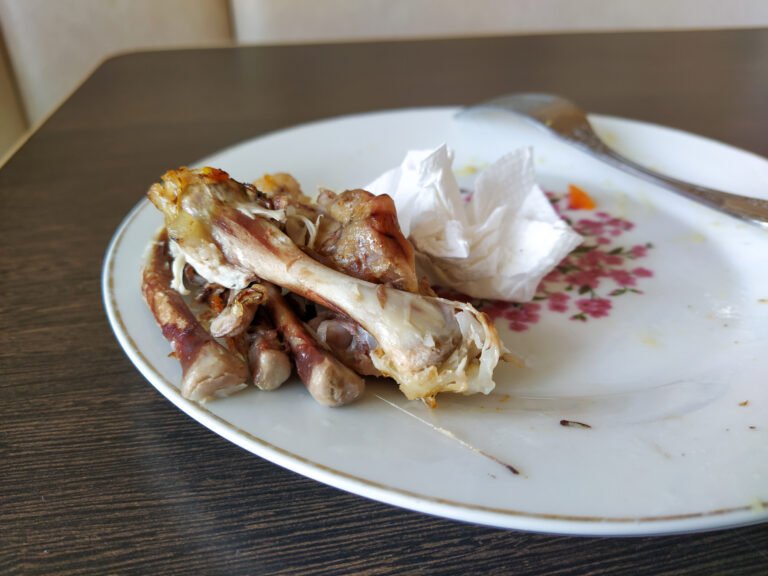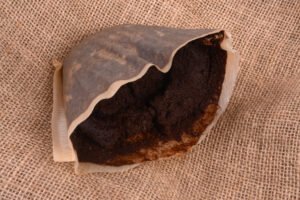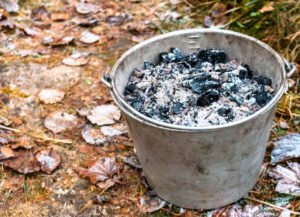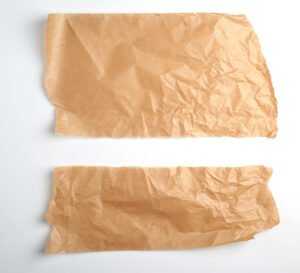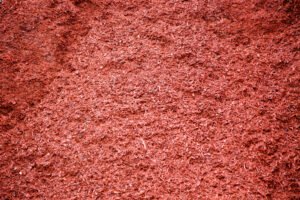Who doesn’t enjoy chicken? It’s one of the most delicious meals, and you’d even save the leftover chicken for the next day. But what about the bones? Can you reuse them for your garden? Will they decompose? If yes, can you compost chicken bones at home? Let’s dig into this!
Key Takeaways
- You can compost chicken bones as they are degradable and serve as a bone meal fertilizer for your compost and, thus, plants.
- Compost made of chicken bones adds various nutrients, like calcium, potassium, nitrogen, etc., to the plants.
- The most effective methods to compost chicken bones are Hot Composting and Bokashi Composting.
- Using cooked chicken bones is highly recommended as they will decompose much faster than raw bones and don’t attract pests.
Are Chicken Bones Good for Compost?
Although chicken bones take a long time to decompose, it doesn’t imply that they are not beneficial to the soil.
In fact, chicken bones are useful to compost as they enrich it with nutrients such as organic phosphate, calcium, carbon, nitrogen, and others. Also, bones have proteins that improve soil health and promote plant growth.
Furthermore, chicken bones degrade relatively faster than other animal bones. When composted, these bones serve as a steady source of nutrition for plants by slowly releasing nutrients. This also saves plants from root rot and burning.
How to Compost Chicken Bones?
Composting chicken bones can be easy, but it needs monitoring and attention. Since bones are solid and take to biodegrade, it is best to compost cooked chicken bones.
Besides decaying faster, cooked bones are less likely to attract pests and harmful bacteria to the pile.
You can cook chicken bones by boiling them, putting them in the oven, or burning them on the wood fire in your backyard. Cooking them will ease the crushing and also fasten their decomposition.
Also, do not compost the chicken bones as a whole. Instead, break them into smaller pieces first. This will aid biodegradation.
Best Methods to Compost Chicken Bones
Because of their hard texture, the bones rot away differently and slower than other food waste. So, two effective methods are suitable for composting chicken bones.
1. Hot Composting
As the name implies, Hot composting involves a high temperature. This process requires proper optimization of moisture, air, nitrogen-to-carbon balance, and heat to decompose the waste.
Moreover, chicken bones are likely to attract pests and pathogens to the compost bin, and hot composting helps keep them away!
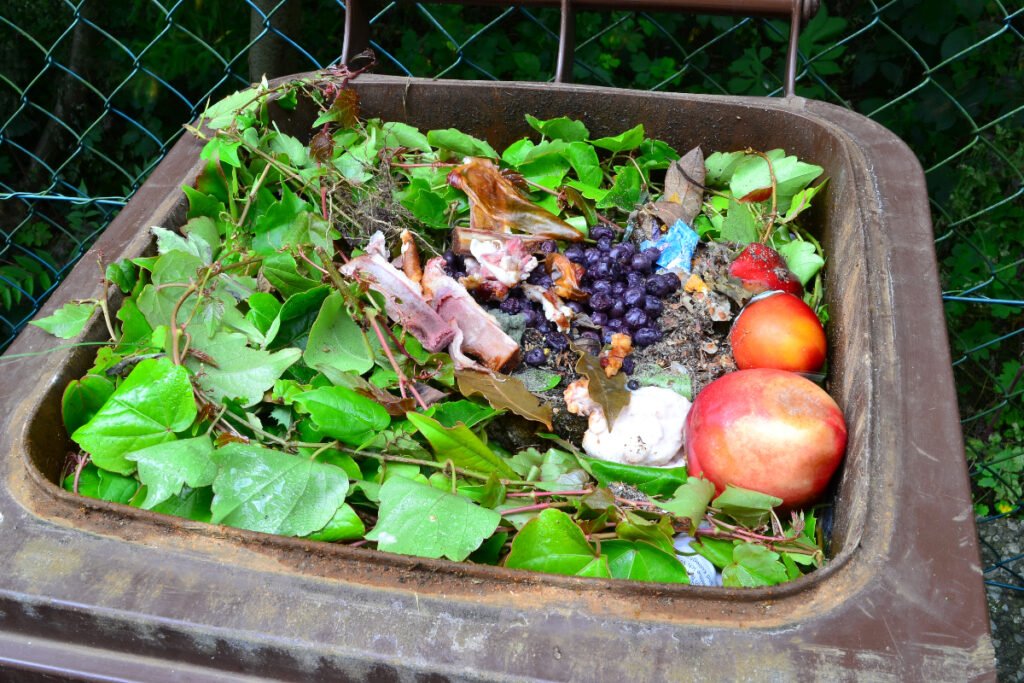
Now, follow these steps to begin hot composting to make use of the waste chicken bones:
Step 1: Crush the Chicken Bones
The first and most important step is to break down the bones into smaller chunks. You can crush the bones using a hammer or grind them in a meat grinder.
If you use cooked bones, which is highly recommended, you can easily crush them with a hammer or even your hands.
Step 2: Add Brown Materials to the Bin
Set up your compost pin and add the first layer of brown materials. This material includes yard waste such as dried leaves, twigs, dry grass clippings, sawdust, newspaper, pine needles, paper plates, paper bags, paper towels, cardboard pieces, etc.
The browns contain carbon and serve as an energy source for the microbes.
Step 3: Add Green Materials
Now add the nitrogen-rich green material on top of the browns. This layer can include kitchen scraps, vegetable peelings, eggshells, bread, shrimp shells, and even hair.
Hot composting may need more nitrogen-rich green materials than regular composting.
Do not add meat, oily or greasy foods, or dairy products to the compost bin. These items may attract insects and contaminate the compost.
Step 4: Add the Chicken Bones
Now, add the crushed chicken bones on top of the greens.
Make sure to add the bones right at the center of the pile where the temperature is the highest. If you have a lot of waste to compost, add the bones after 2-3 layers of greens and browns.
Step 5: Add Water
Sprinkle some water after each green layer to maintain the moisture content in a pile. But, do not overwater; the pile should be moist but not dripping.
Step 6: Repeat the Layers
Now, add the rest of the waste by alternating the green and brown layers.
Maintain the 1:3 nitrogen-to-carbon ratio by completing with a brown layer on top.
You can also seal the heap with soil and fresh compost.
Step 7: Maintain The Compost Pile
Hot composting needs proper maintenance to decompose the waste quickly. So, make sure your pile is moist and aerated.
Take the temperature of your compost pile regularly and keep it between 140 and 155 degrees Fahrenheit.
If the pile becomes too hot, turn it a little bit for aeration. If it gets cold, add more nitrogen material and mix it quickly to generate heat.
Add more dry and brown organic material to the compost bin if the pile stinks or leaks.
Given that the compost bin is constantly optimized, your final compost will be ready in 3-4 months through hot composting.
2. Bokashi Composting
Bokashi composting is an anaerobic process that allows you to compost all forms of food waste, including cooked meat and bones, as well as organic food and yard waste.
This process involves inoculating bokashi bran with unique EM microbes that ferment and decompose the waste.
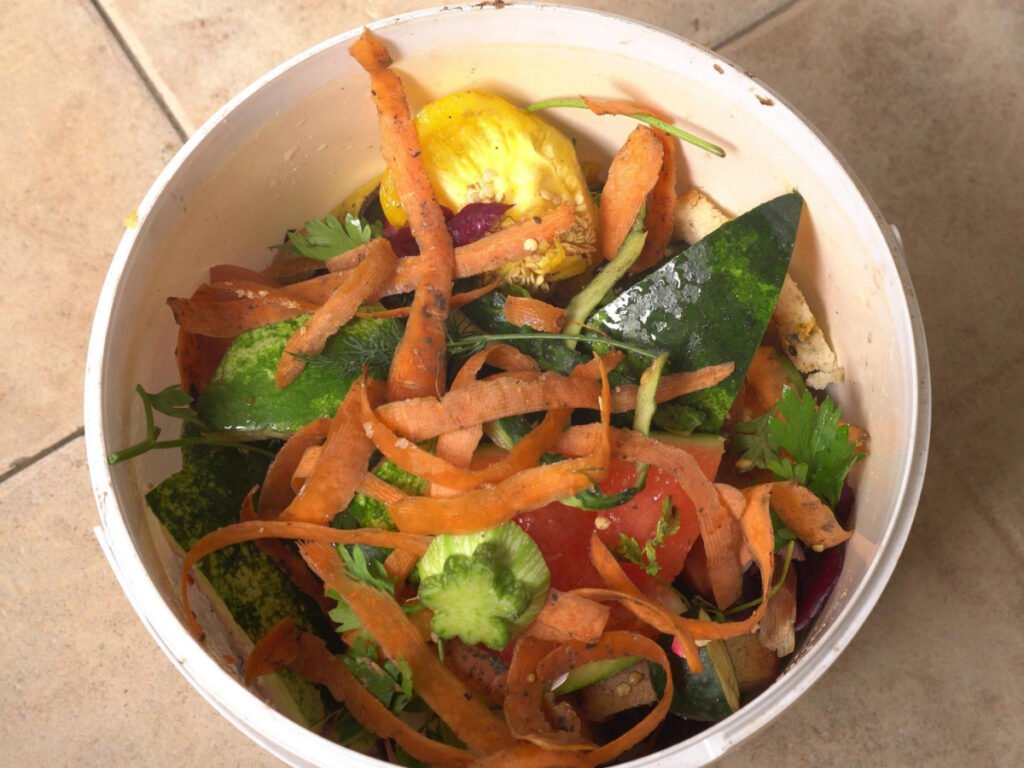
Follow the given steps to compost chicken bones via bokashi composting:
Step 1: Set Up a Bokashi Bin
You can buy a Bokashi bin or easily DIY one at home.
Take two buckets of different sizes and drill holes in the bottom of a large bucket. Place a brick in the center of this bucket and rest the second bucket on it.
Finally, place a clean, round piece of cloth on the floor of the top bucket. And, voila! Your Bokashi bin is ready.
Step 2: Add Bokashi Bran
Spread a thin layer of bokashi bran on the cloth.
Step 3: Add Food Scraps and Chicken Bones
Add a layer of all your food scraps on top of the bran, such as meat, vegetable peels, bones, coffee grounds, tea bags, eggshells, avocado pits, and of course, chicken bones.
Make sure to chop all the food scraps before adding them to the bokashi bin.
Step 4: Add All the Material in Layers
Add another thin layer of Bokashi bran and alternate the layers until the composter is full.
Step 5: Place a Bucket Liner
Place a bucket liner on top of the bin and compress the material to remove all air pockets.
Finally, cover the bucket with the airtight lid and leave it for 20-25 days.
When your pre-compost is ready, harvest it and bury it in the corner of your backyard to ferment further.
Avoid burying it near plants because it can harm them. You can also store it in plastic bags for later.
Can You Compost Chicken Bones in a Worm Bin?
Composting chicken bones in a worm bin is not an efficient method. Worms prefer easily degradable substances, so they are less likely to feed on bones that haven’t been processed, cooked, and broken.
How Long Do Chicken Bones Take to Decompose?

Chicken bones may take 8-10 weeks to decompose completely. But this also depends on the composting method used, the size of the bones, weather conditions, temperature, moisture, etc.
Larger bones may need even more time. So, if you need your compost sooner, cook the bones and break them up into small pieces before composting them.
You can also opt for Bokashi composting or Hot composting for faster composting.
Risks of Composting Chicken Bones
Although possible, composting chicken bones also invites some risks which you must know:
- Adding raw chicken bones to the compost bin might promote the growth of harmful pathogens like E. coli which might infect the compost and, ultimately, the soil.
- If you compost raw and uncleaned chicken bones, it might lead to smelly compost.
- The meat residues on the chicken bones might attract pests, flies, bugs, and even larger animals like rats, dogs, cats, etc.
How do you break down bones for composting?
You can break down the bones into smaller pieces using a hammer or cut the bones with a hacksaw. For better results, cook the bones before cutting and adding them to the composting bin. You can also grind the bone chunks using a powerful blender.
Can you bury chicken bones in the soil?
Yes, you can bury chicken bones in the soil, but they may take months to years to decompose if buried as a whole. Therefore, it is preferable to process or compost them. If you want to bury the bones, bury them deep into the ground and cover them with wire mesh to keep the soil-dwellers away.
Can you compost rib bones?
Yes, you can compost rib bones, but they may take longer to decompose. Slice them into tiny chunks before tossing them into the compost bin for faster decaying.
Do chicken bones decompose?
Chicken bones decompose in the same way that any other organic matter would, just slower. But larger livestock bones will decay slower than smaller ones.
Can you put chicken bones in the green bin?
Chicken bones should not be thrown away in the green bin because they break down differently than regular kitchen scraps. Put the raw or cooked bones in hot compost or bokashi compost instead.
Contrary to popular belief, composting chicken bones is both safe and effective. They will provide vital nutrients to your plants once wholly decomposed.
So, don’t toss the bones. Set them aside for composting. It’s as simple as composting avocado pits. Check out this article if you’re wondering whether you can compost them.
